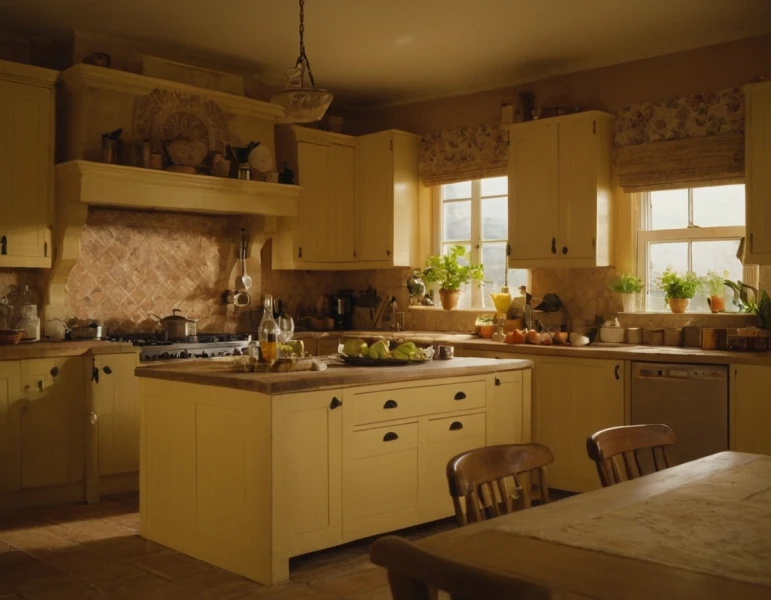Educa UNIVERSITY|BUSINESS
Economic Cooking: A Journey through History and Tradition
Related Masters
Economic Cooking: A Journey through History and Tradition
Hello, friends and lovers of good food! I'm Carlos Hidalgo, and today I want to take you by the hand through a culinary journey that evokes memories, aromas and flavors of yesteryear. Let's talk about the economy stove, that endearing artifact that has been the heart of many homes.
What is an Economy Stove?
For those unfamiliar, the economy stove is a cast iron stove designed to run on wood or coal. Its name comes from the savings involved in confining the fire in a chamber built with bricks, heating a metal surface where the food was cooked. In this way, the utensils were not in direct contact with the fire, allowing for more uniform and efficient cooking.
A Little History
The origin of the economical stove dates back to the 17th century, when British inventor John Sibthrope patented a metal version fueled by wood or coal. However, its implementation was progressive because the cooking process was slower as the intermediate iron piece had to be heated. In 1802, George Bodley patented an improved wrought iron version, with uniform heating and an elaborate exhaust system that became the prototype for modern cooking.

My Personal Experience
I grew up in a house where economical cooking was the nerve center. I remember my grandmother preparing stews that filled the home with an unparalleled aroma. Ah, those stews that seemed to embrace you from the inside! The crackling wood, the enveloping heat and the simmering food created a magical atmosphere.
Advantages of the Economy Kitchen
- Energy Efficiency: By using wood or coal, maximum use was made of the heat generated, allowing you to cook several dishes simultaneously and heat the home.
- Versatility: In addition to cooking, many economical stoves had an integrated oven and a tank for heating water, offering multiple functions in a single appliance.
- Durability: Made of cast iron, these stoves were virtually indestructible, passing from generation to generation.
The Economy Stove Today
Although with the advent of electricity and butane gas many economy stoves were replaced, they are currently experiencing a resurgence, especially in rural or country homes. Modern models are manufactured in cast iron or steel, incorporating improvements in combustion techniques and design, adapting to contemporary needs without losing their traditional essence.
A Lasting Legacy
The economical stove is not just an appliance; it is a symbol of tradition, family and home. It represents a time when cooking was a ritual, a manifestation of love and dedication. In the words of Emilia Pardo Bazán, the kitchen is a crucial ethnographic document that reflects the customs and soul of each people.
Conclusion
The economical kitchen is more than just an appliance; it is a bridge between the past and the present, a tangible connection to our culinary roots and traditions. In a world where everything seems to go in a hurry, taking the time to slow cook in an economical kitchen reminds us of the importance of valuing life's small pleasures.
Faculties
Trainings
The faculties embrace diverse academic disciplines and fields of study, opening doors to new perspectives and exploring different spheres of wisdom in a constantly evolving world.
Legal Notice • Enrollment Conditions • Privacy Policy • Cookie Policy• Copyright @ 2024 • Educa University
Powered by














